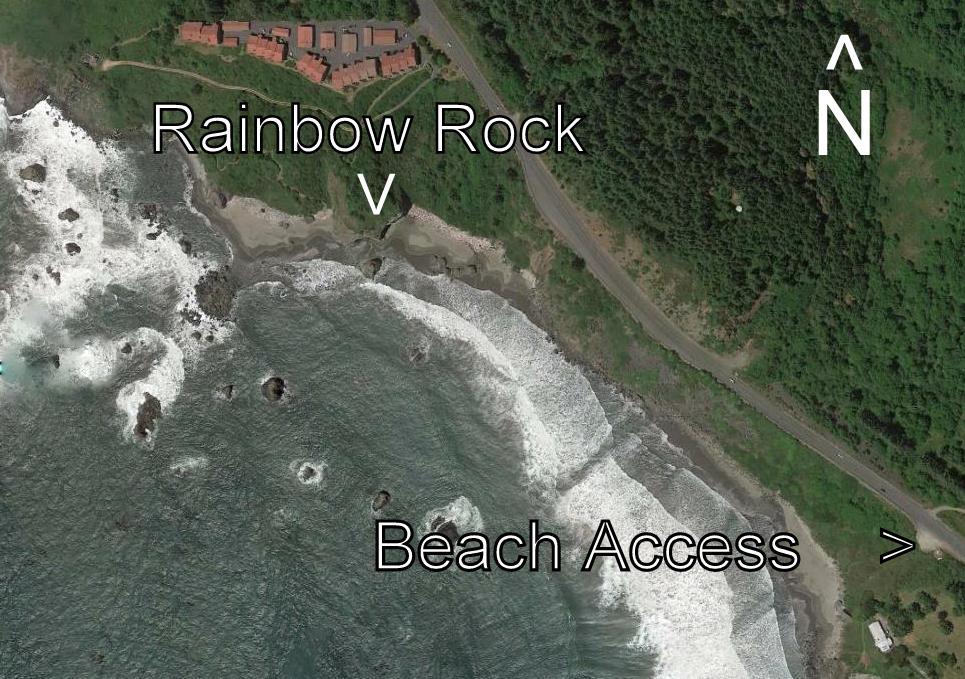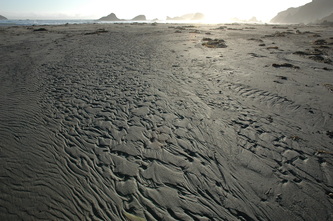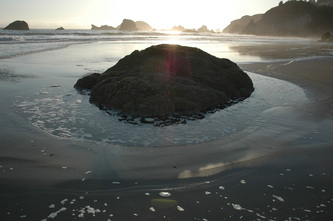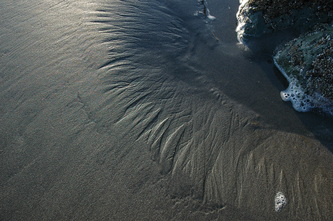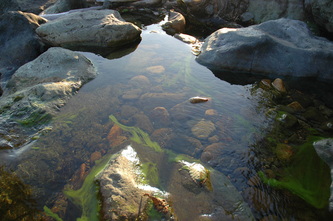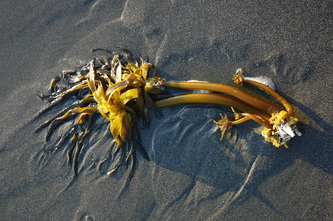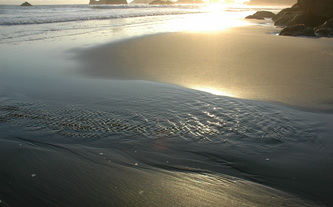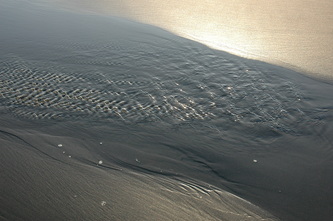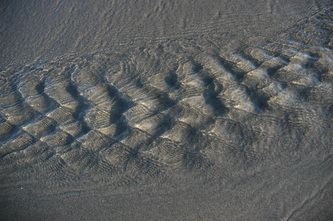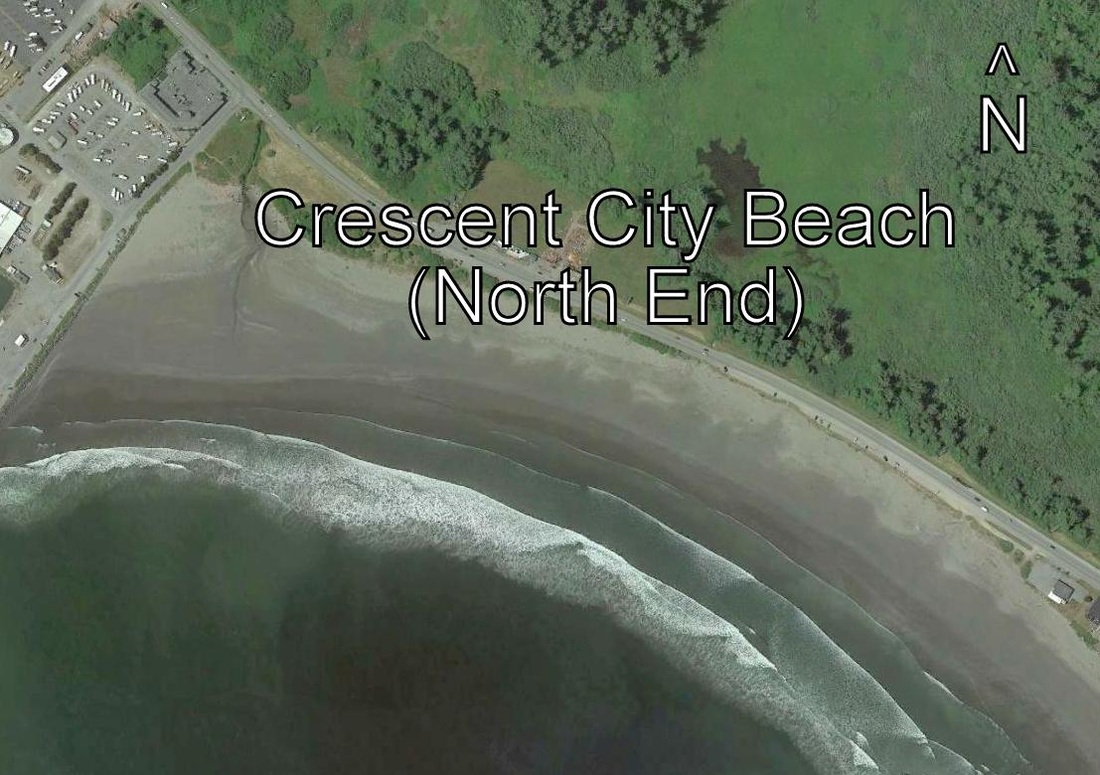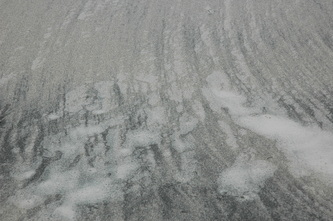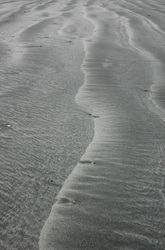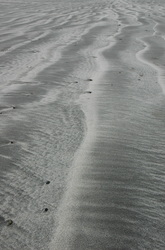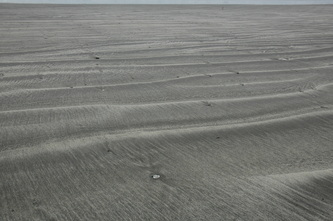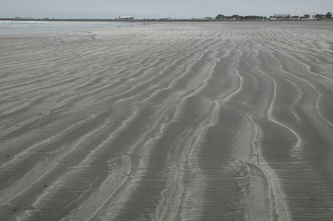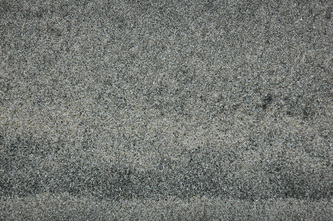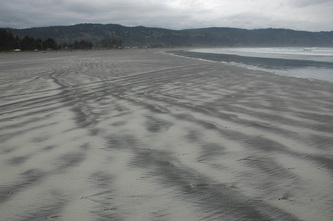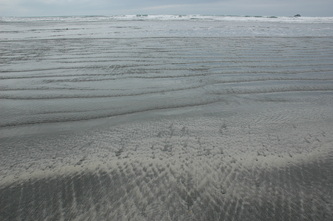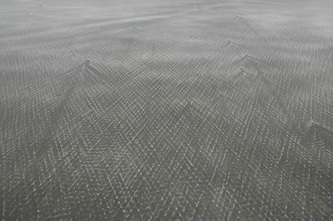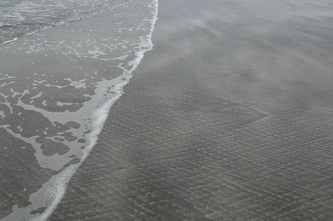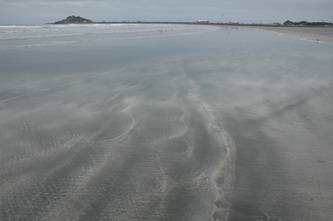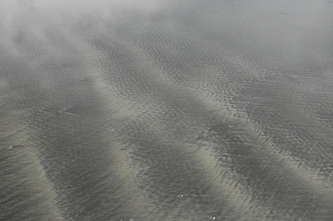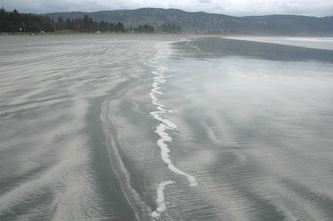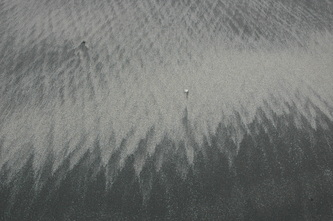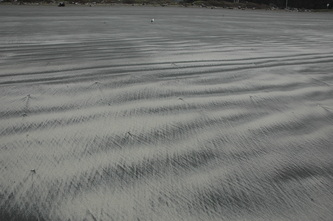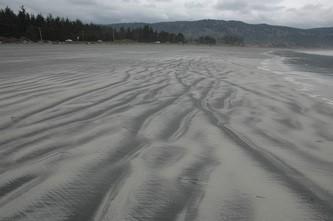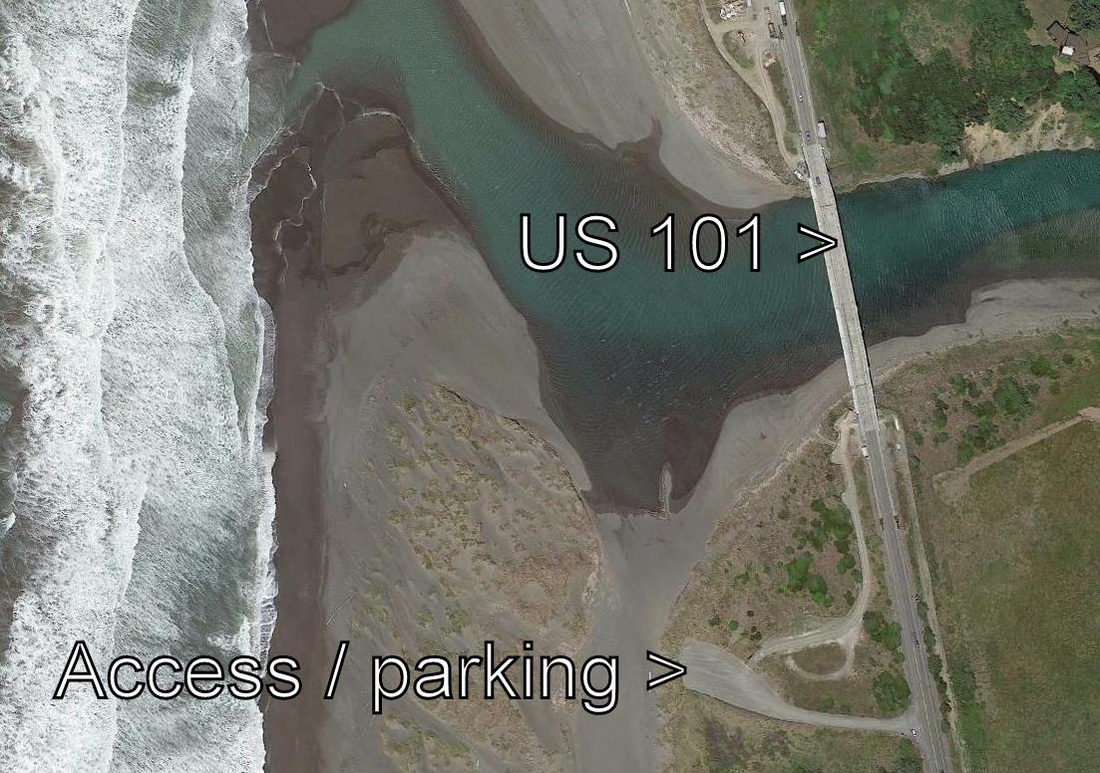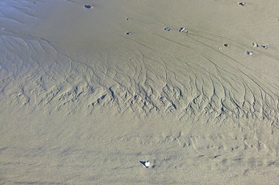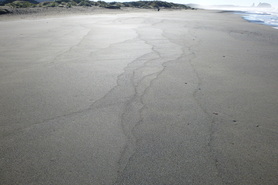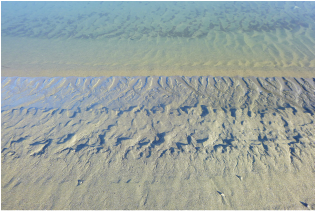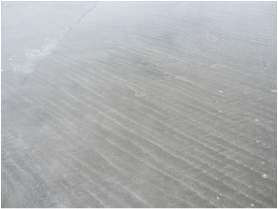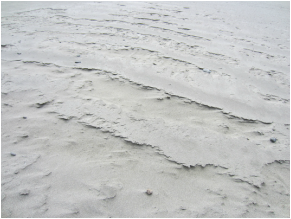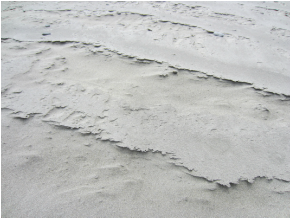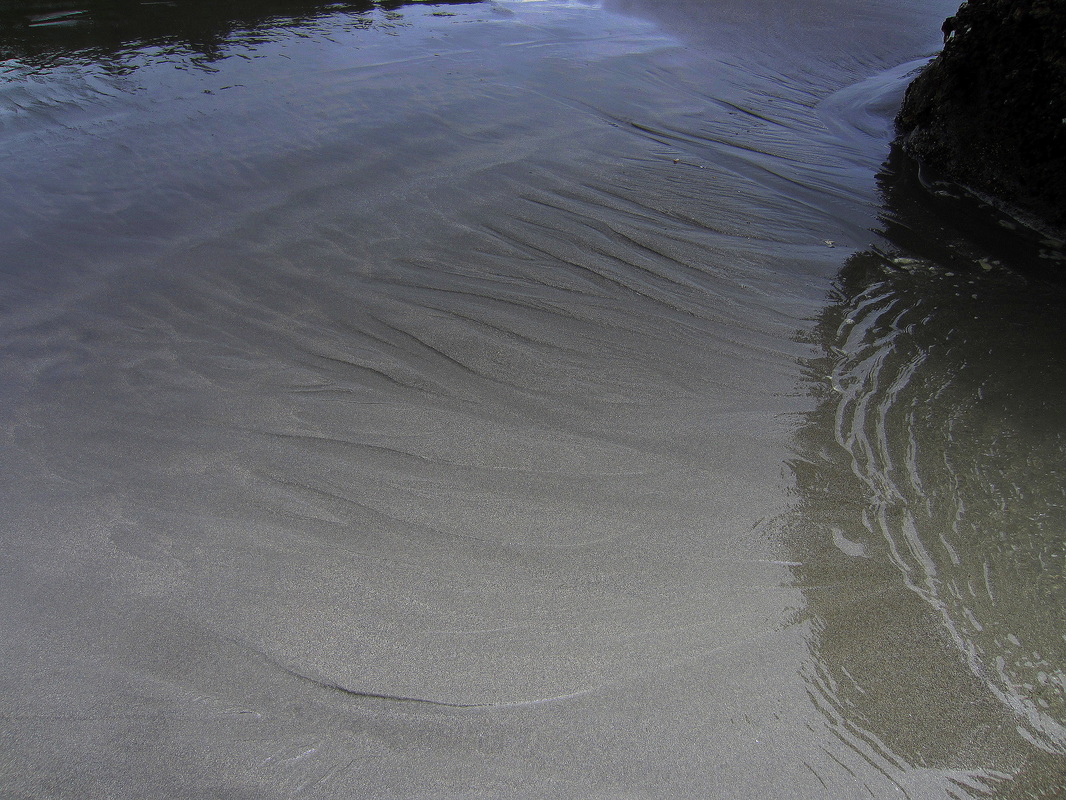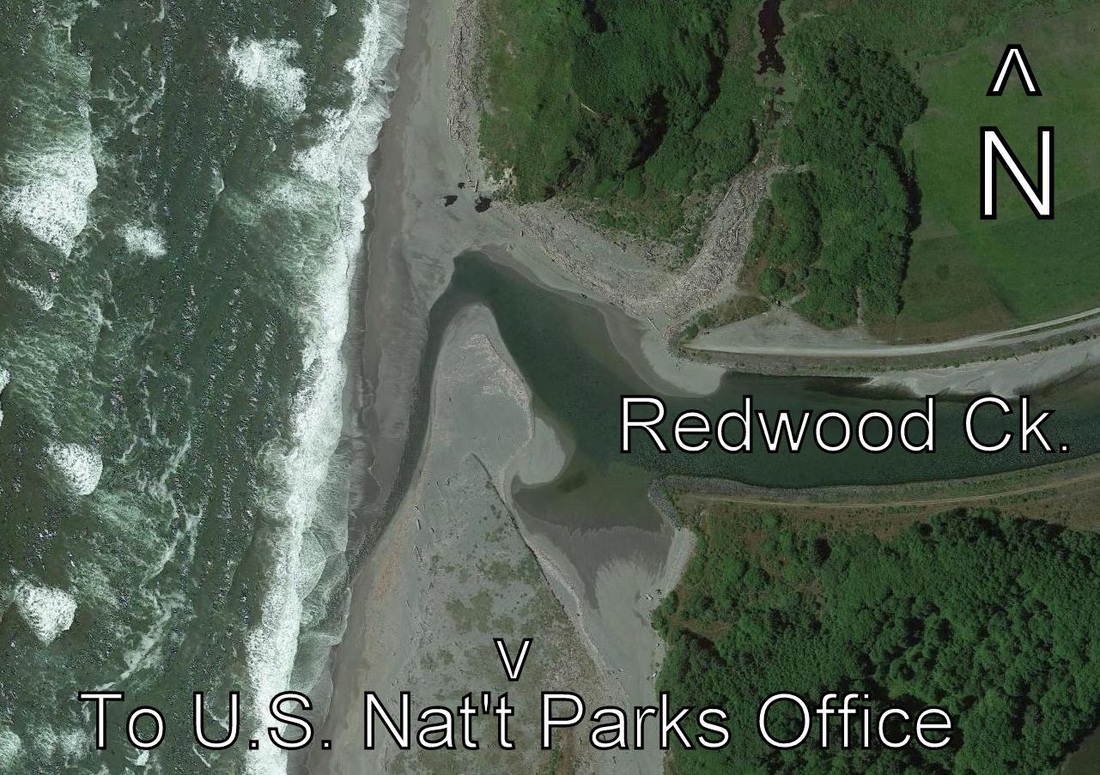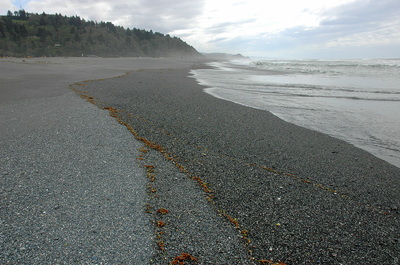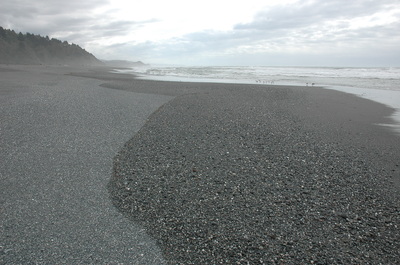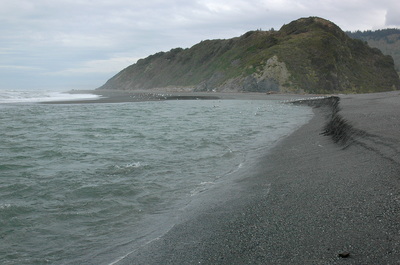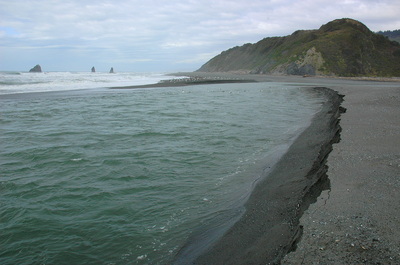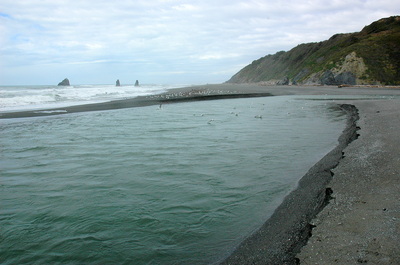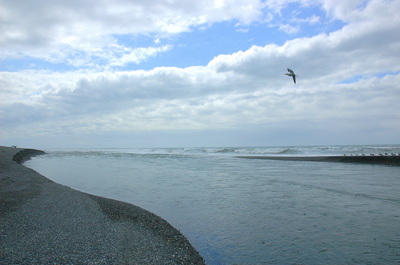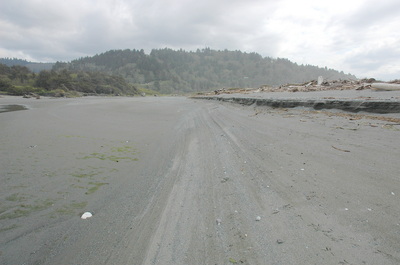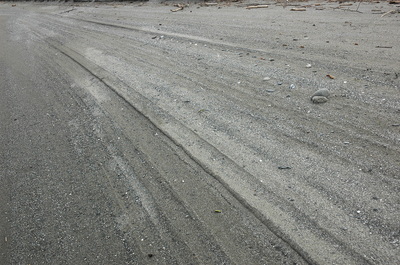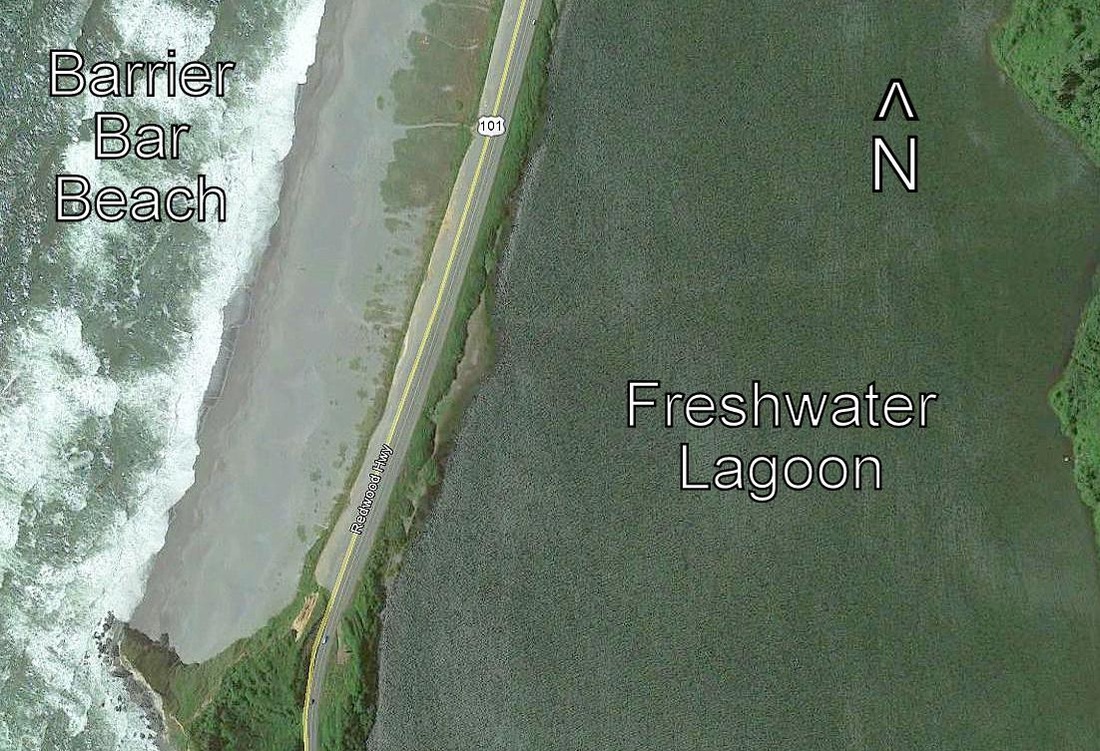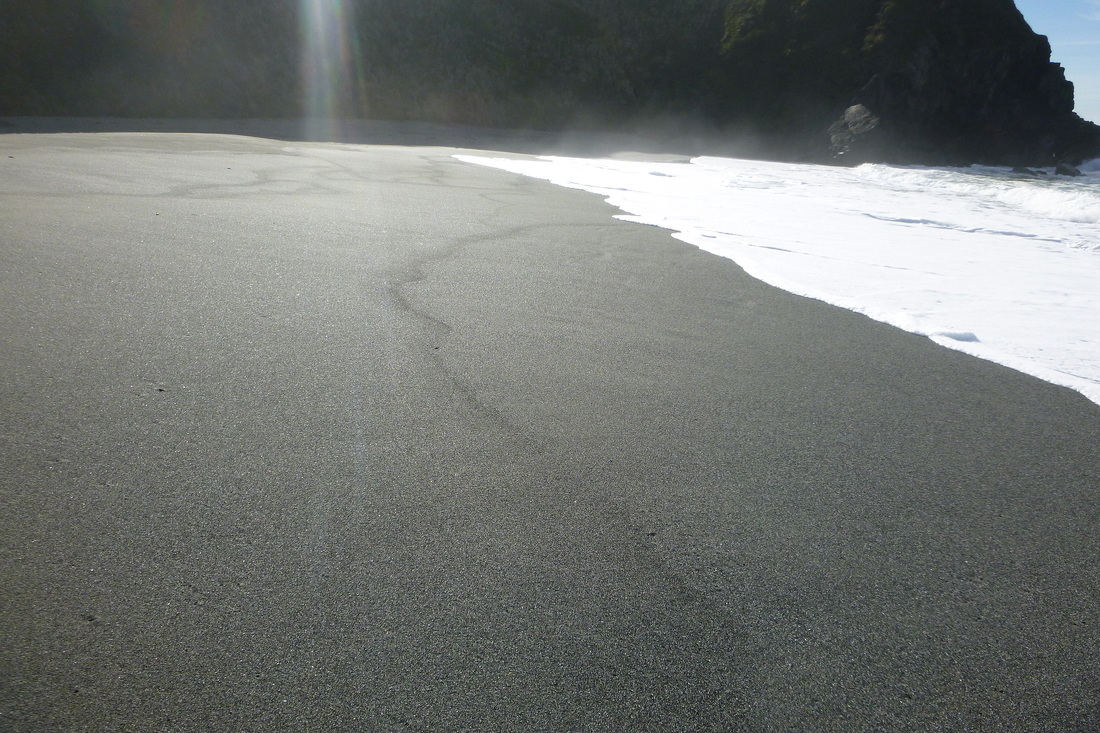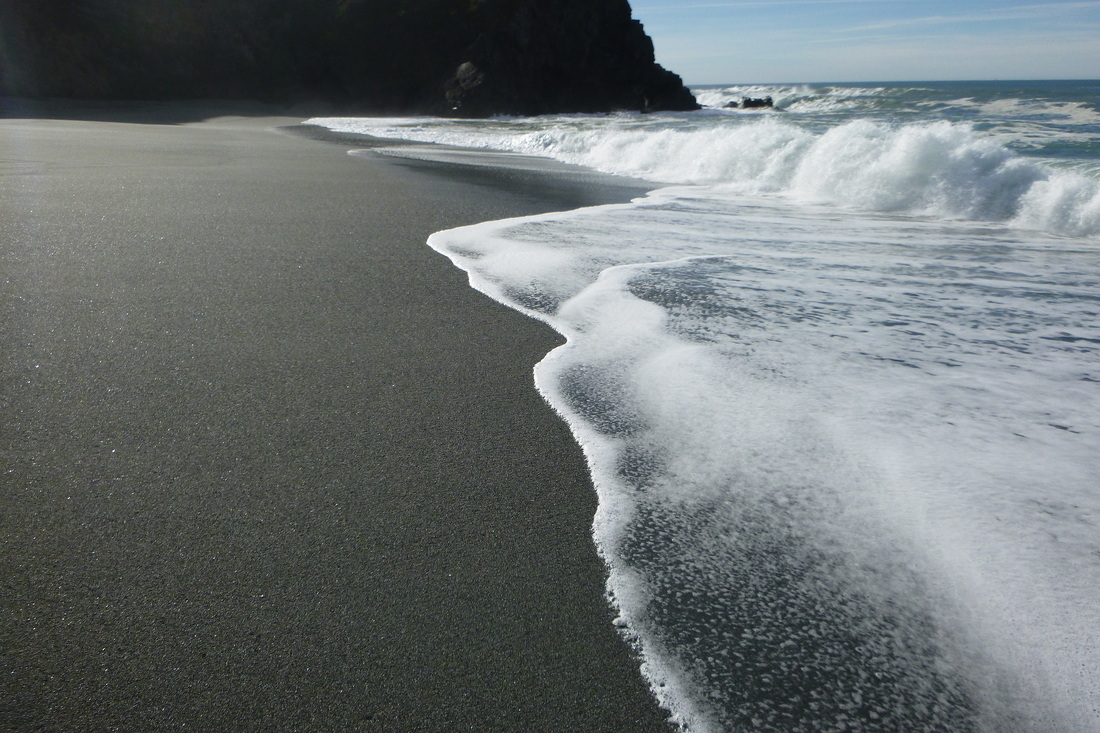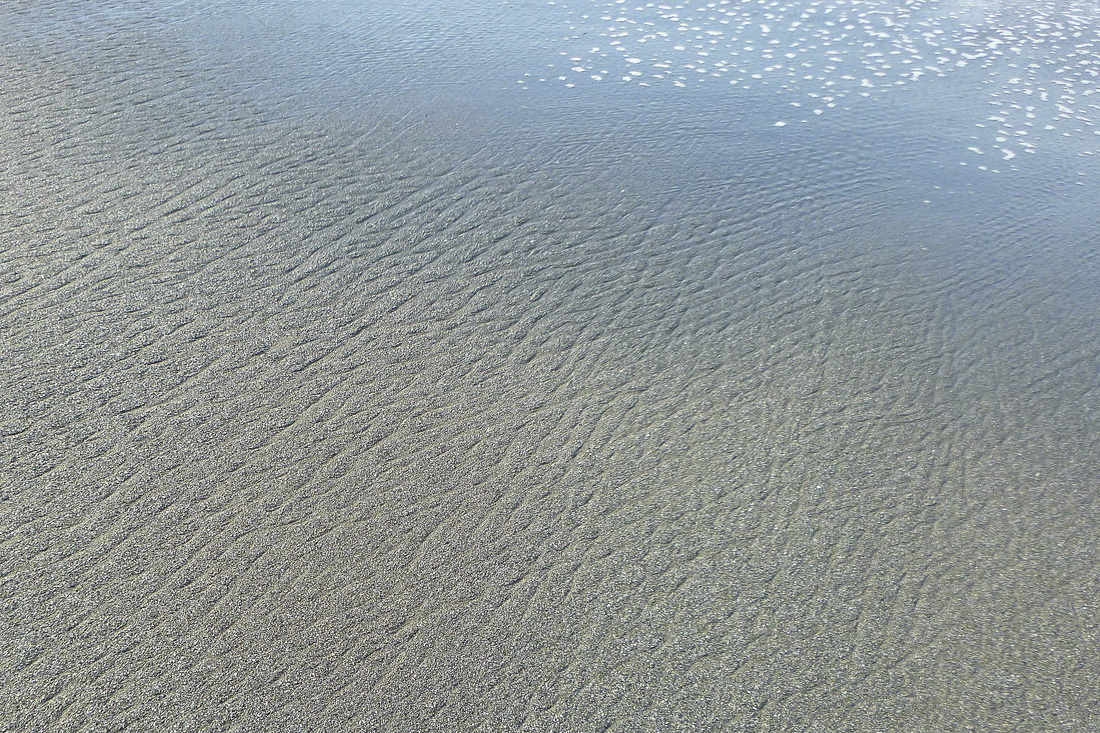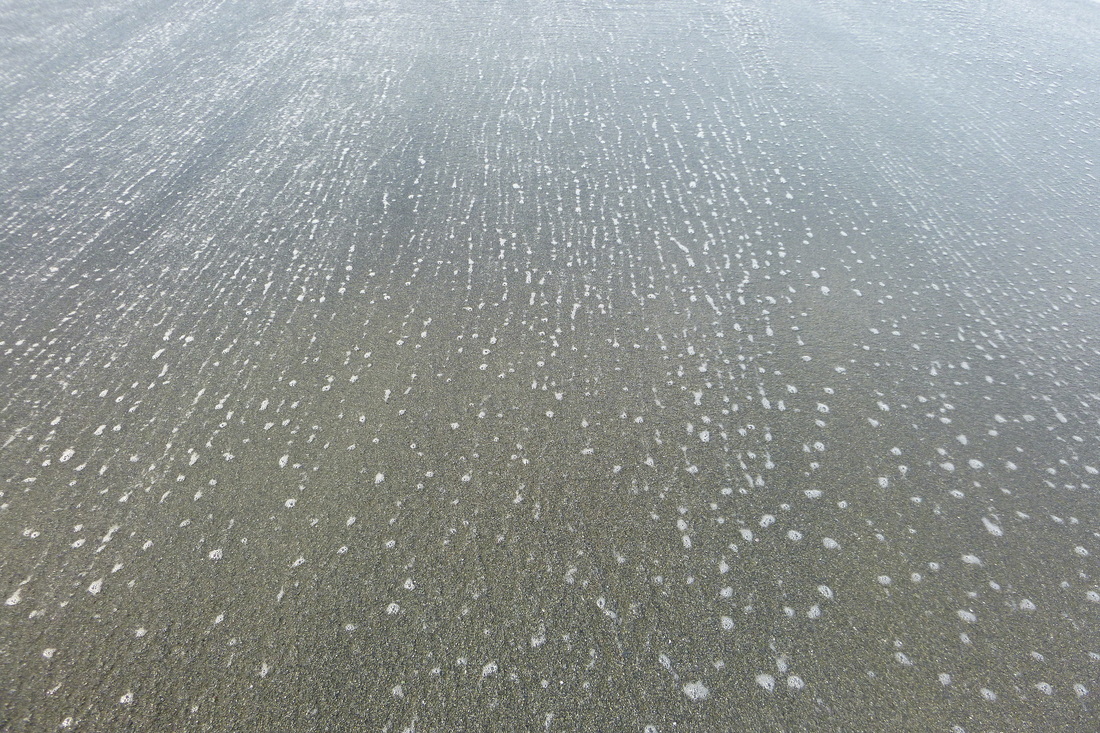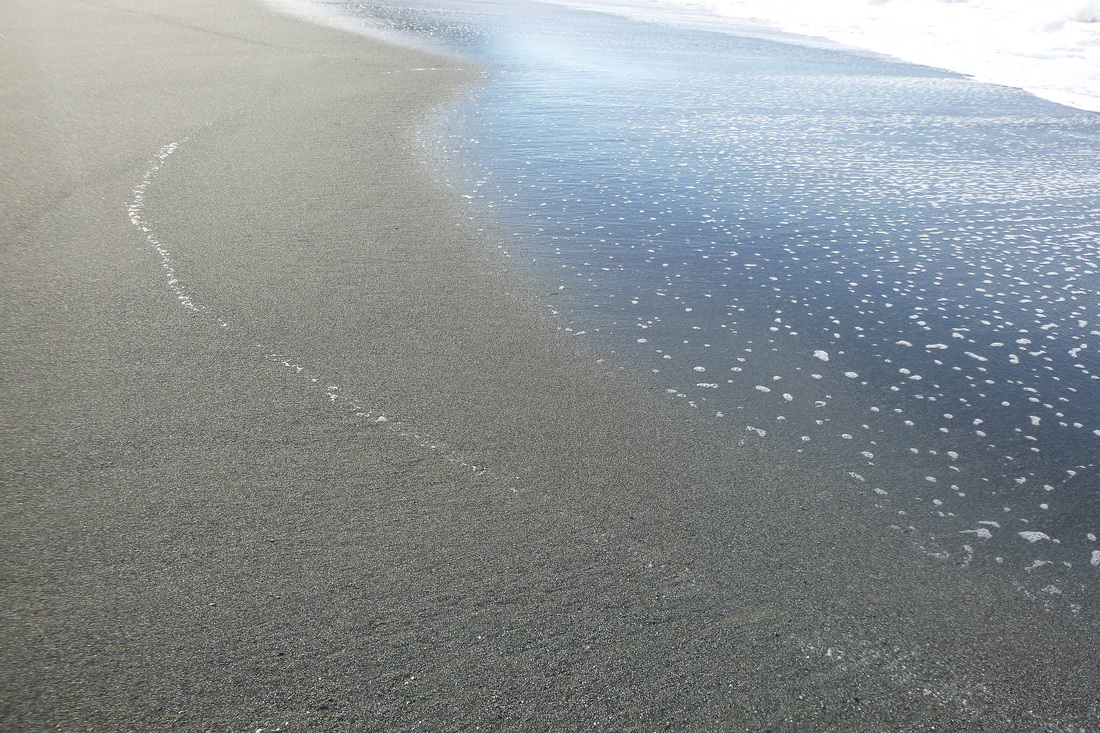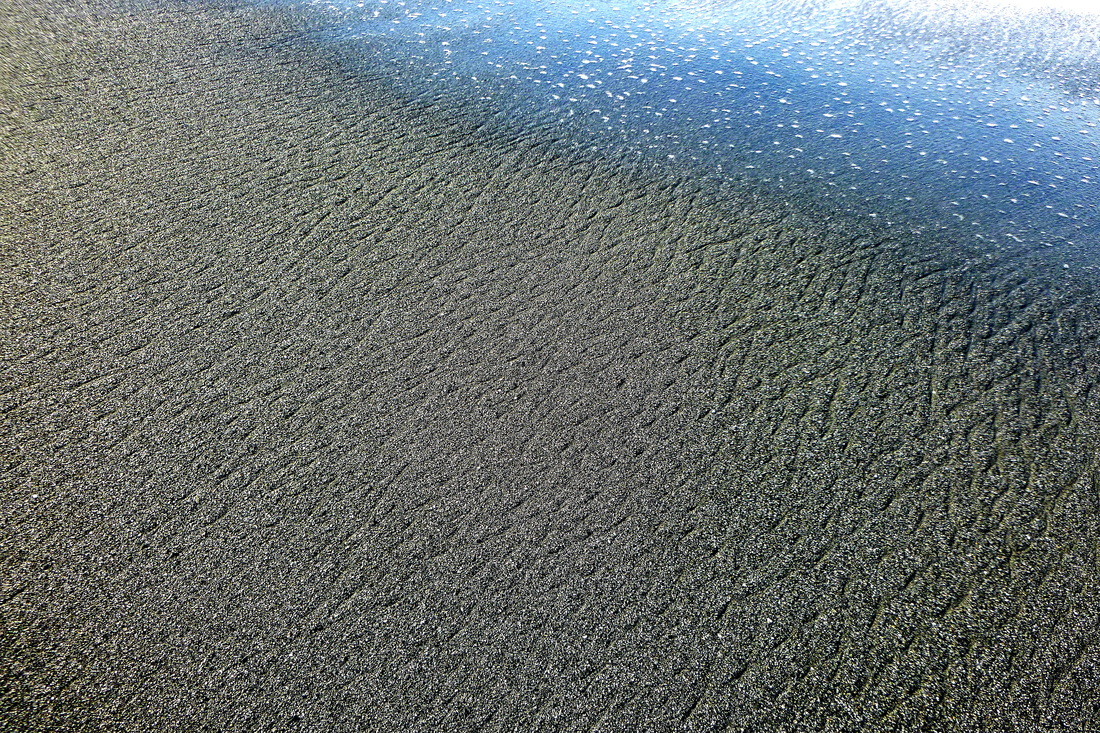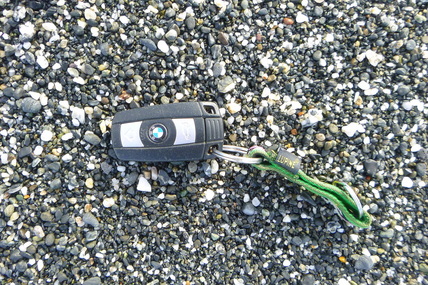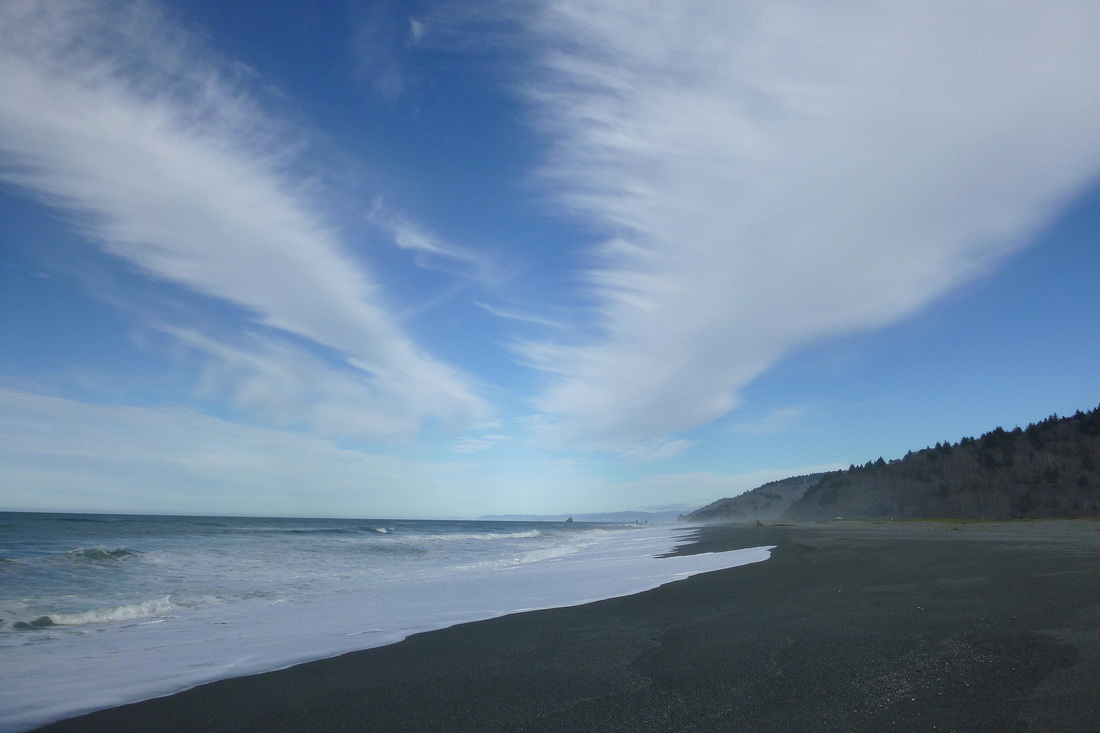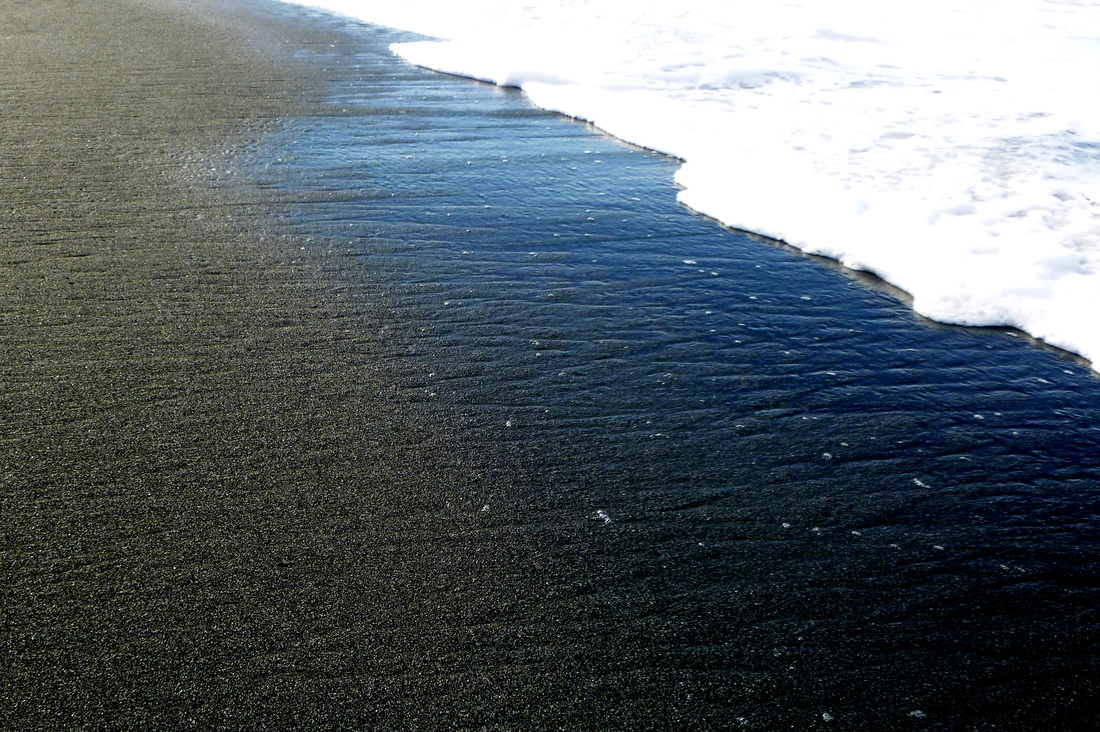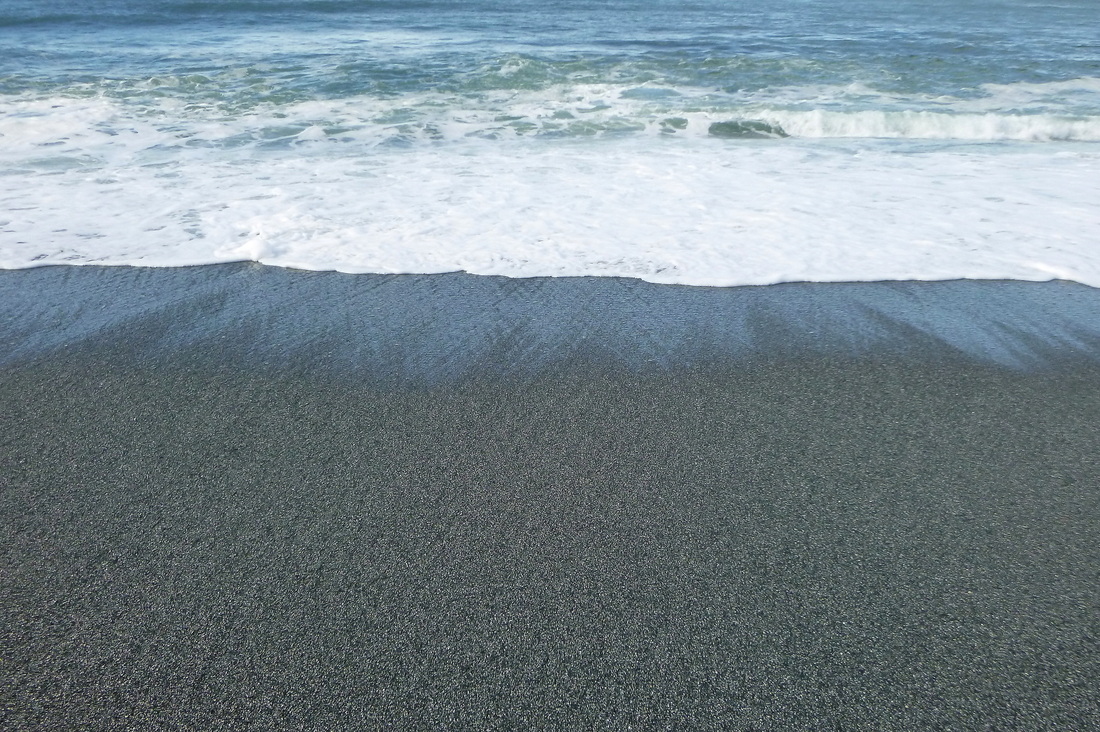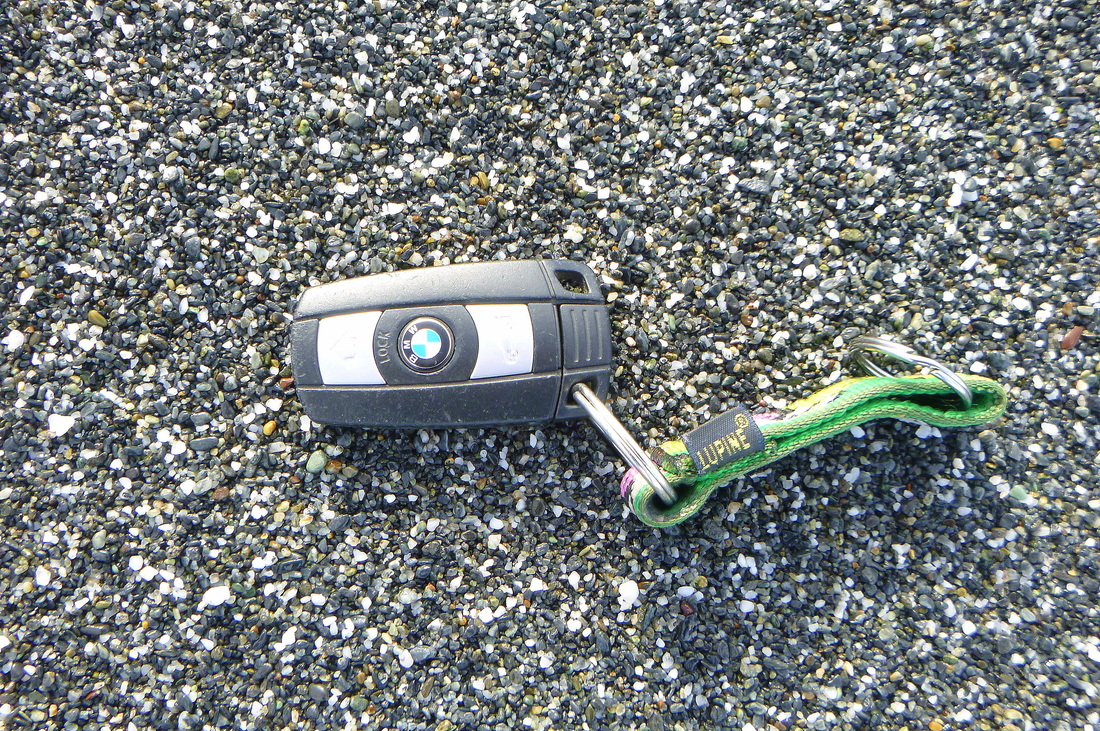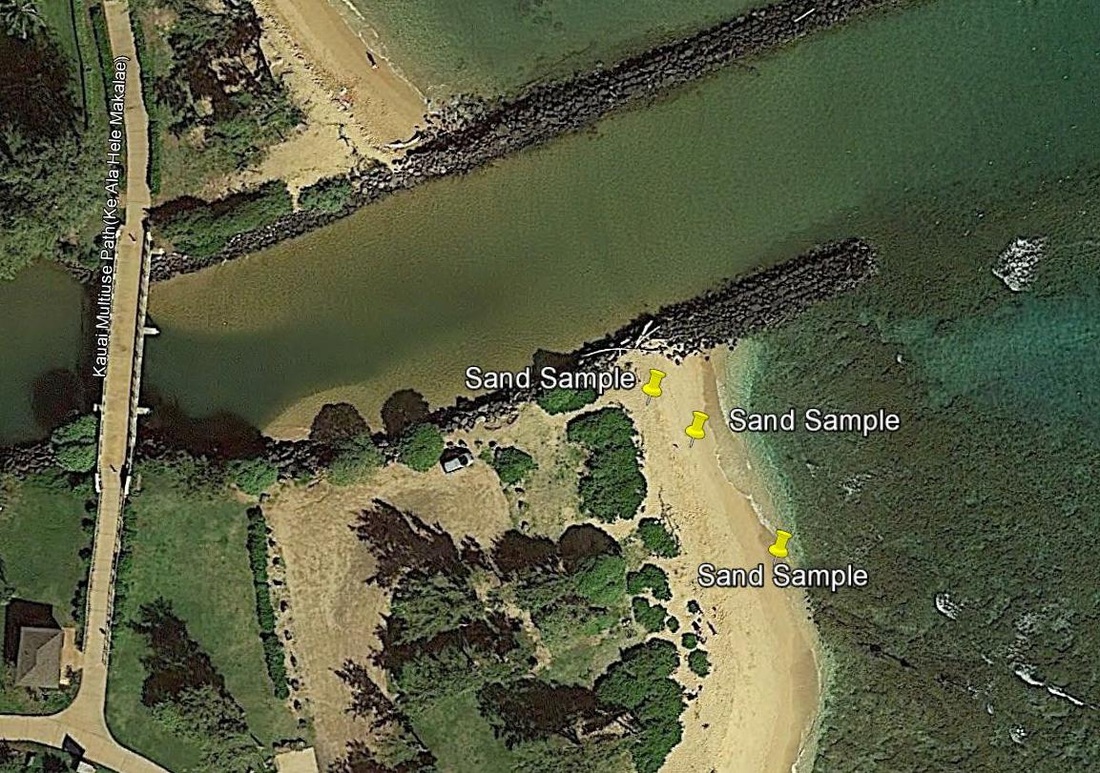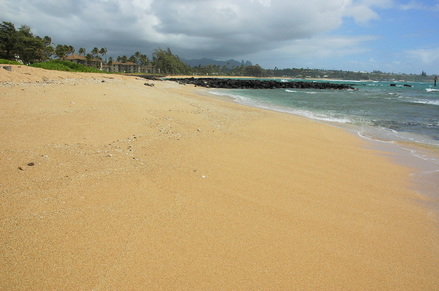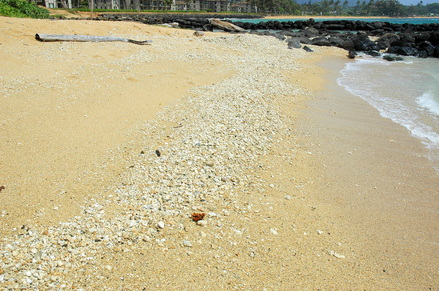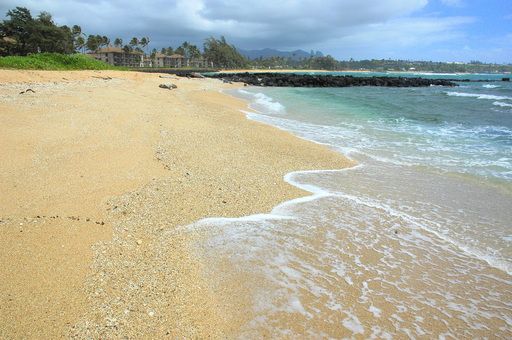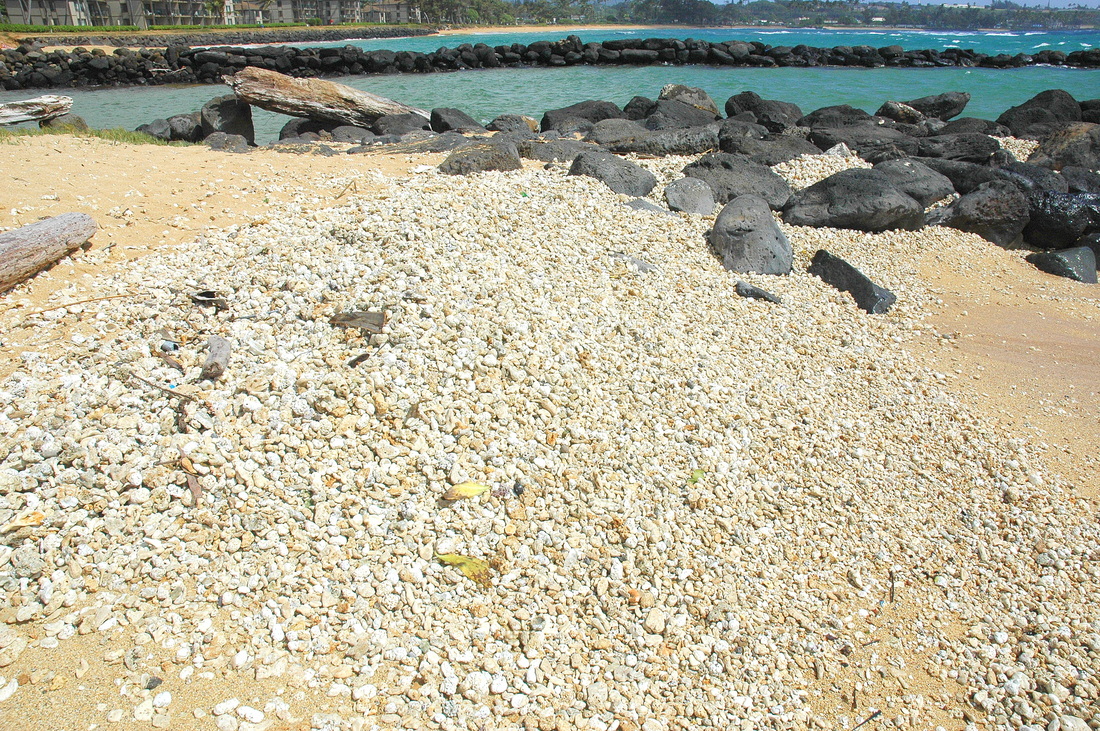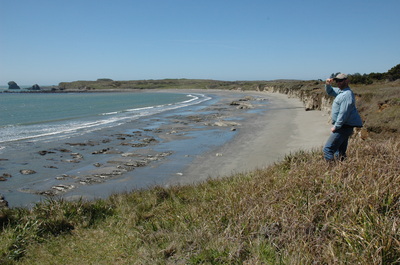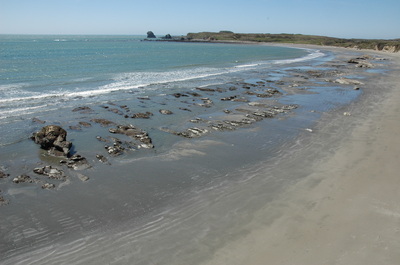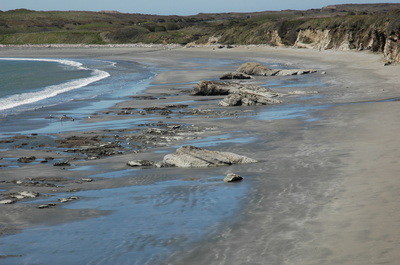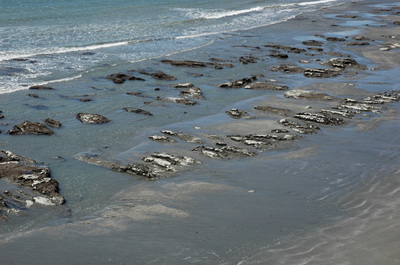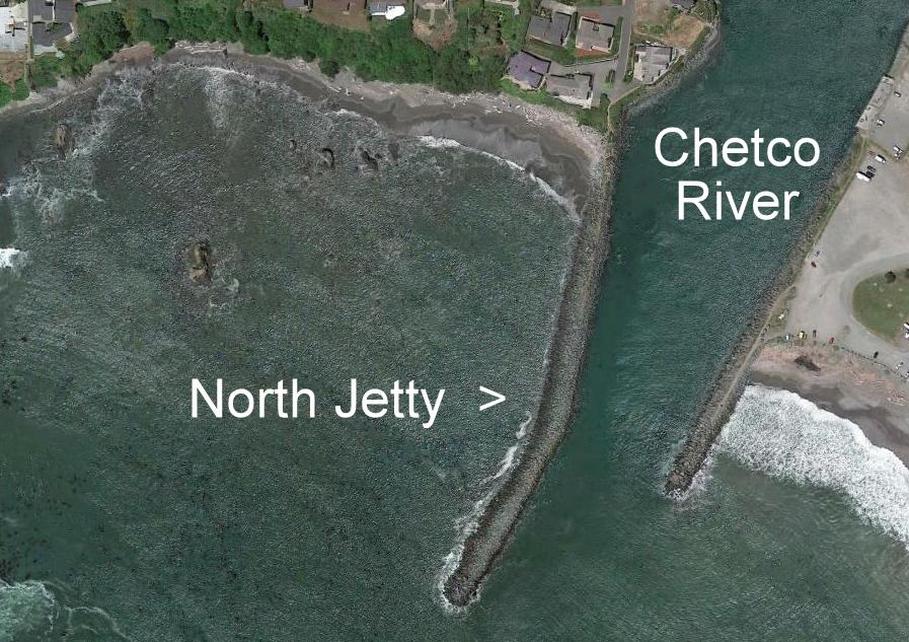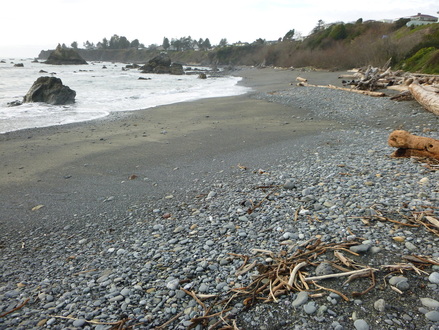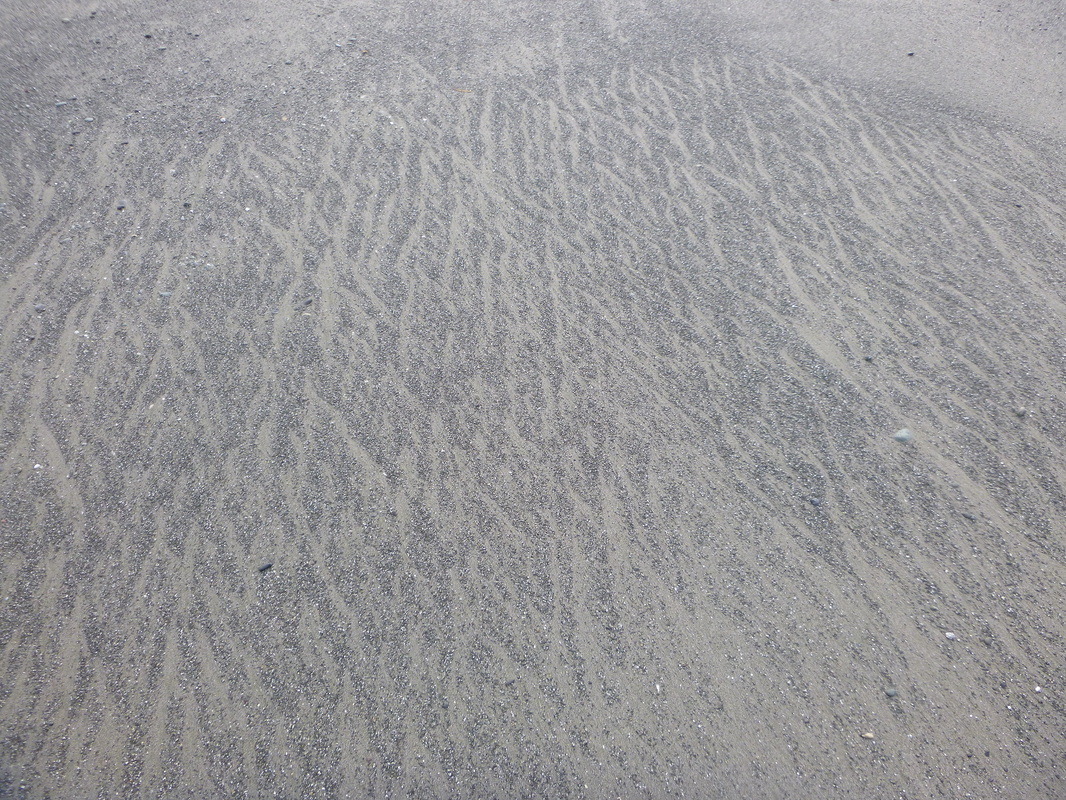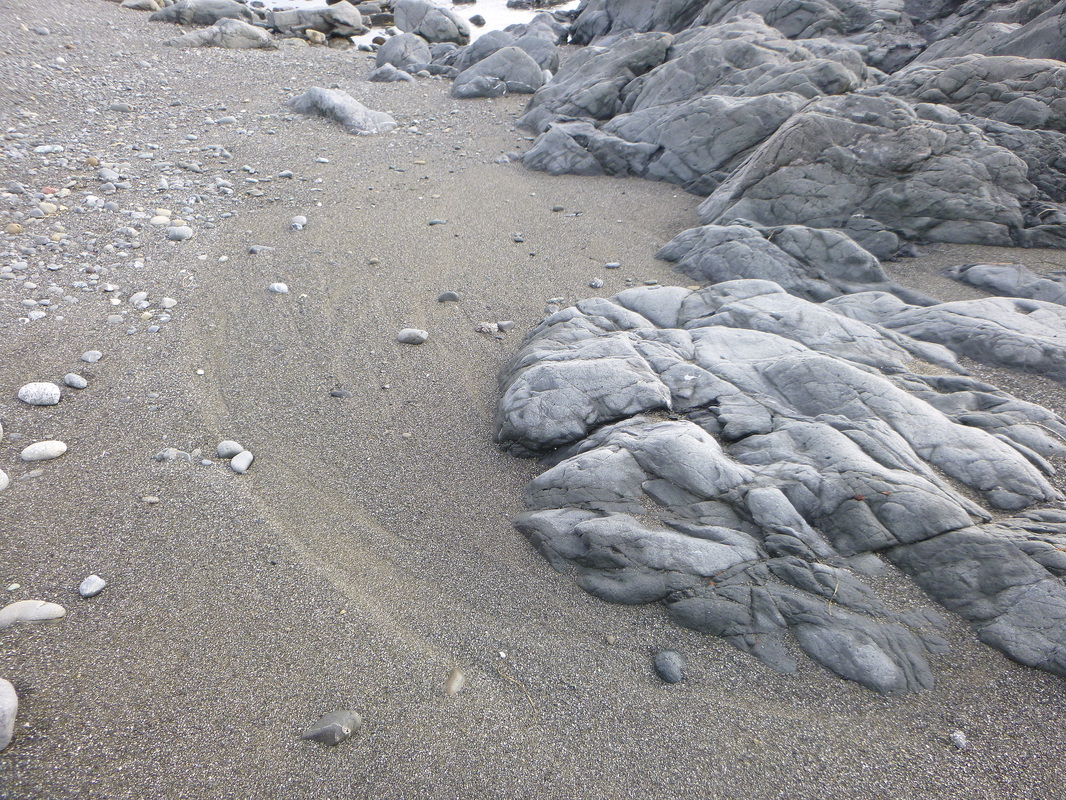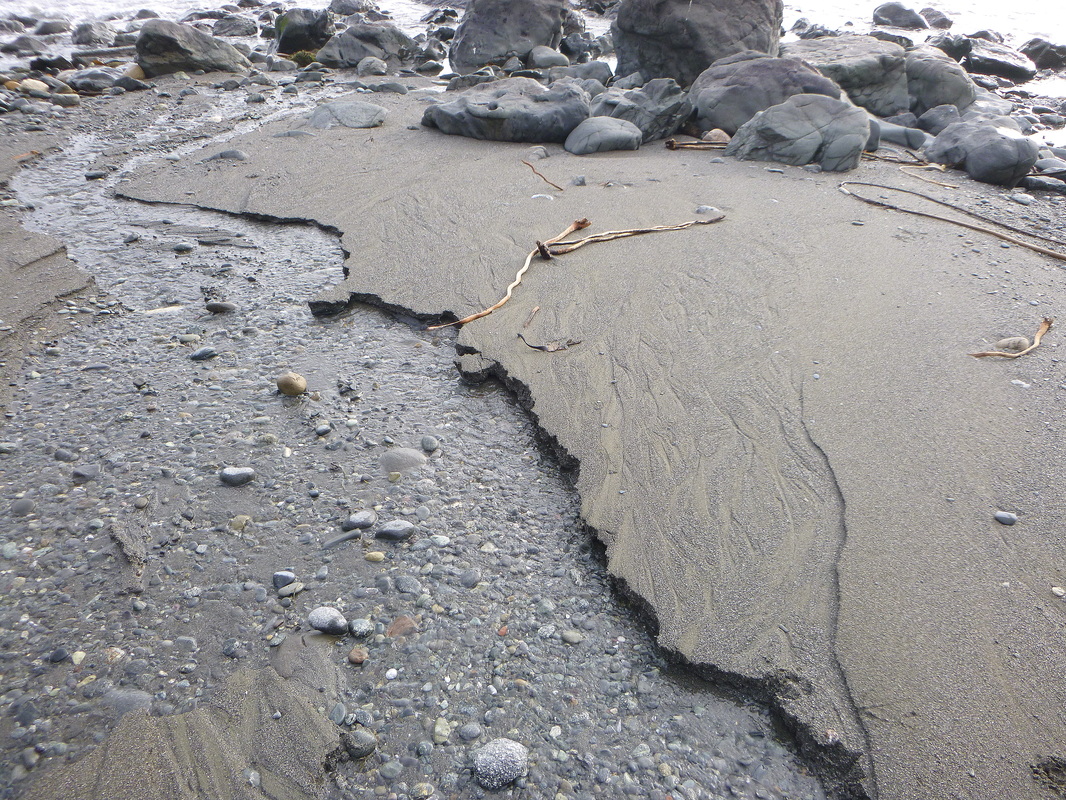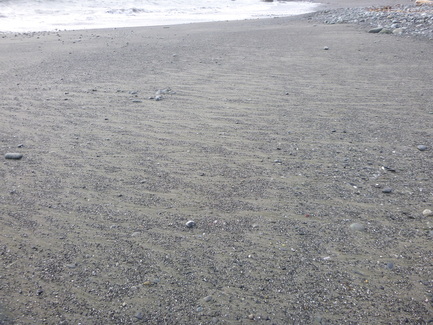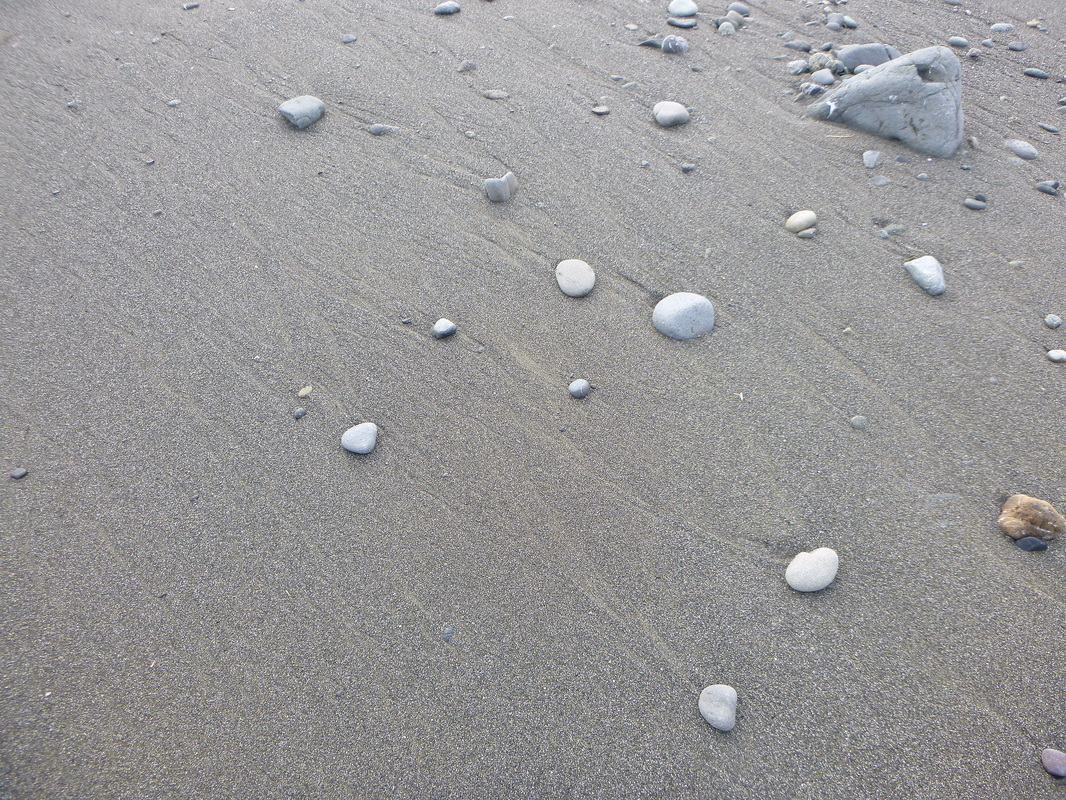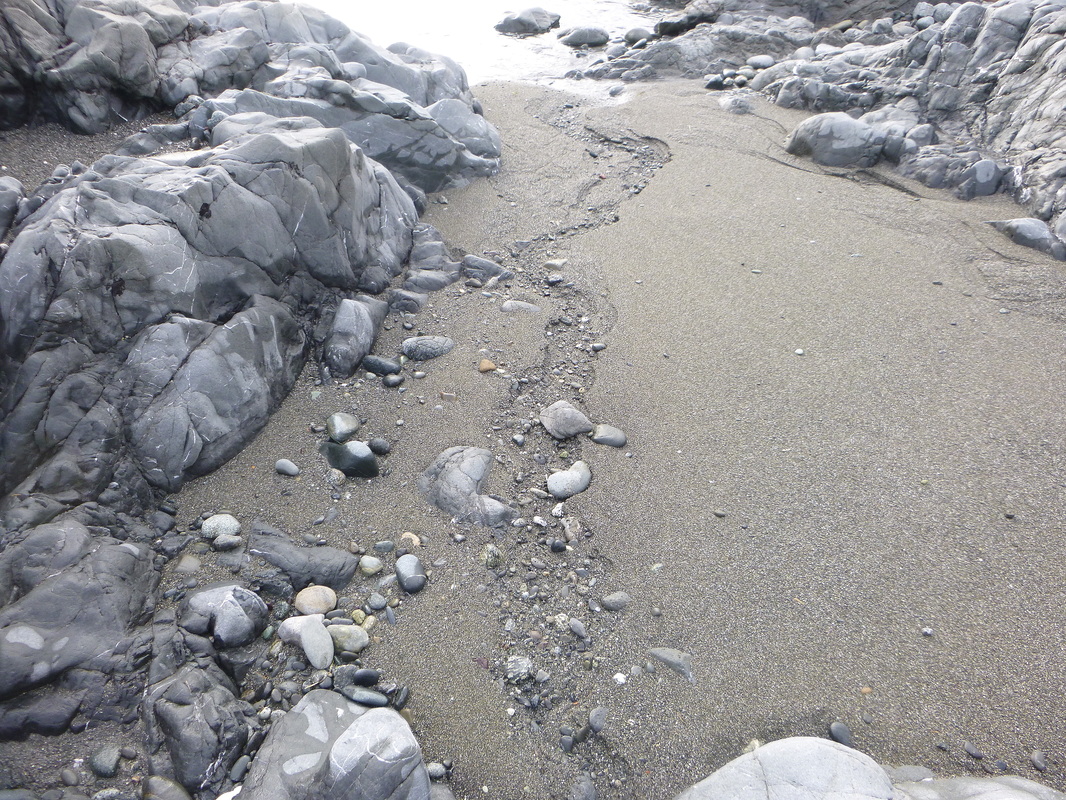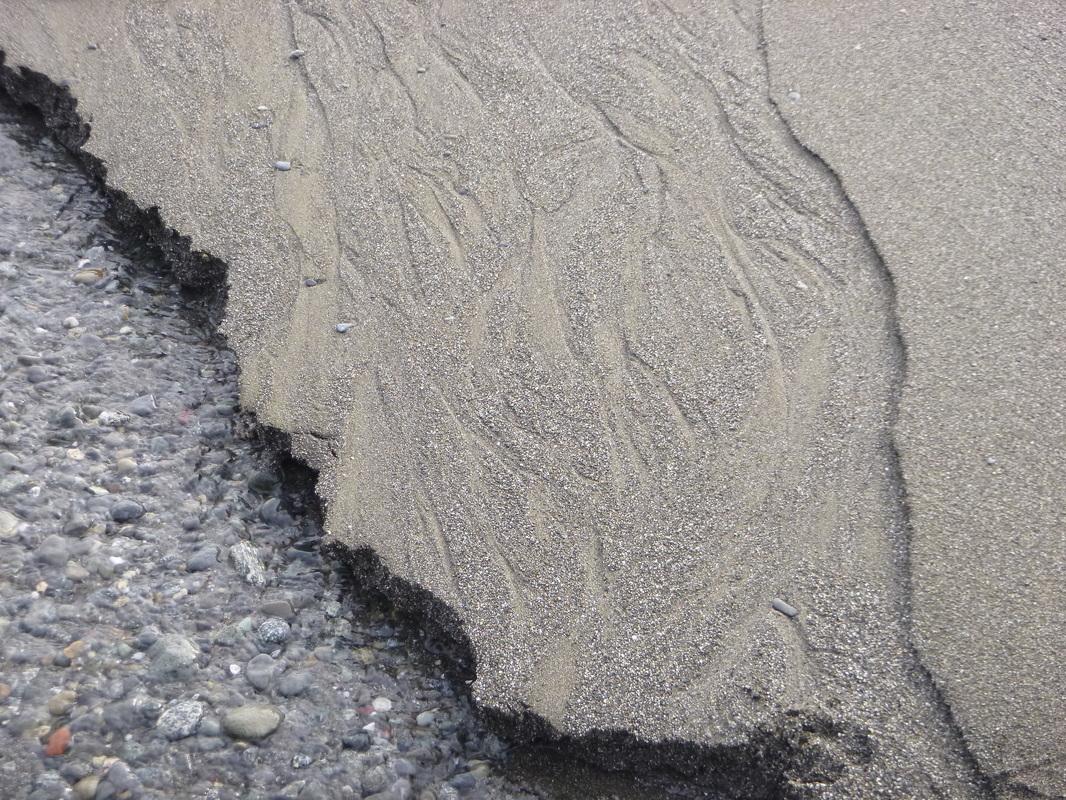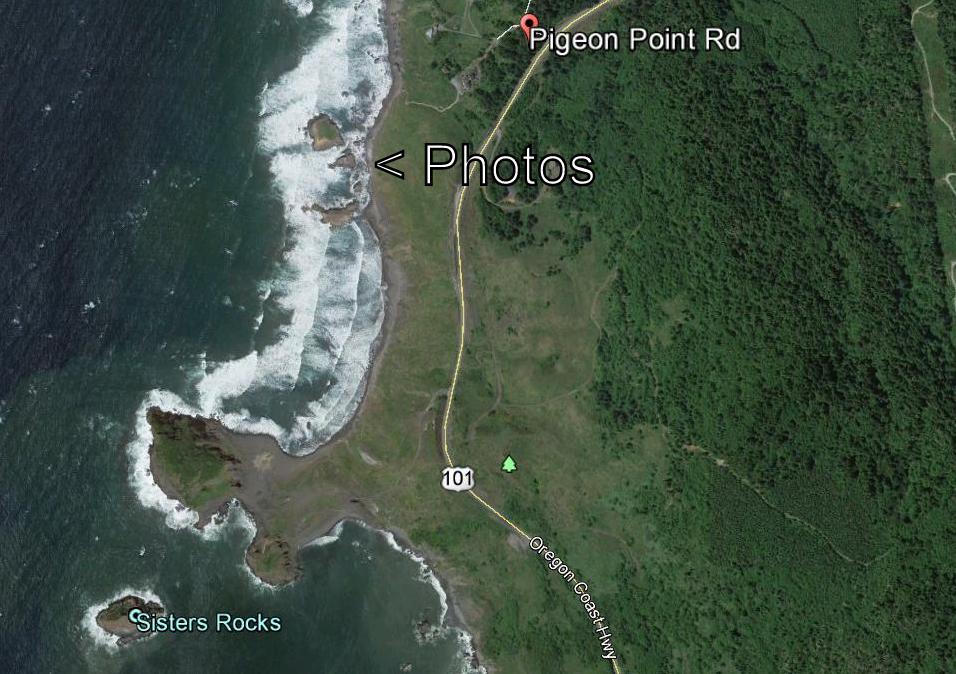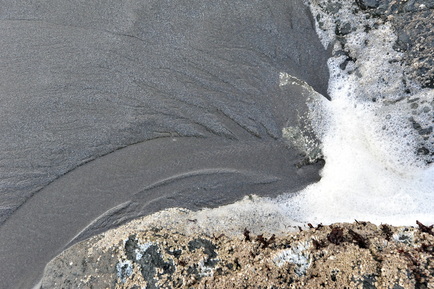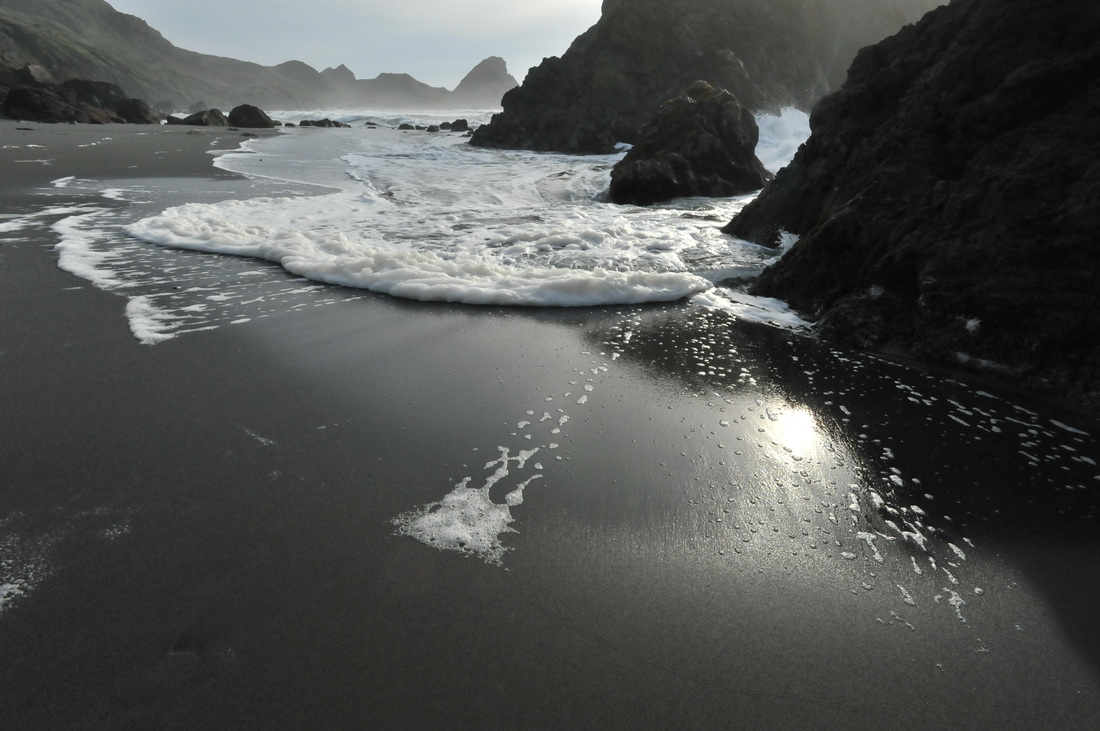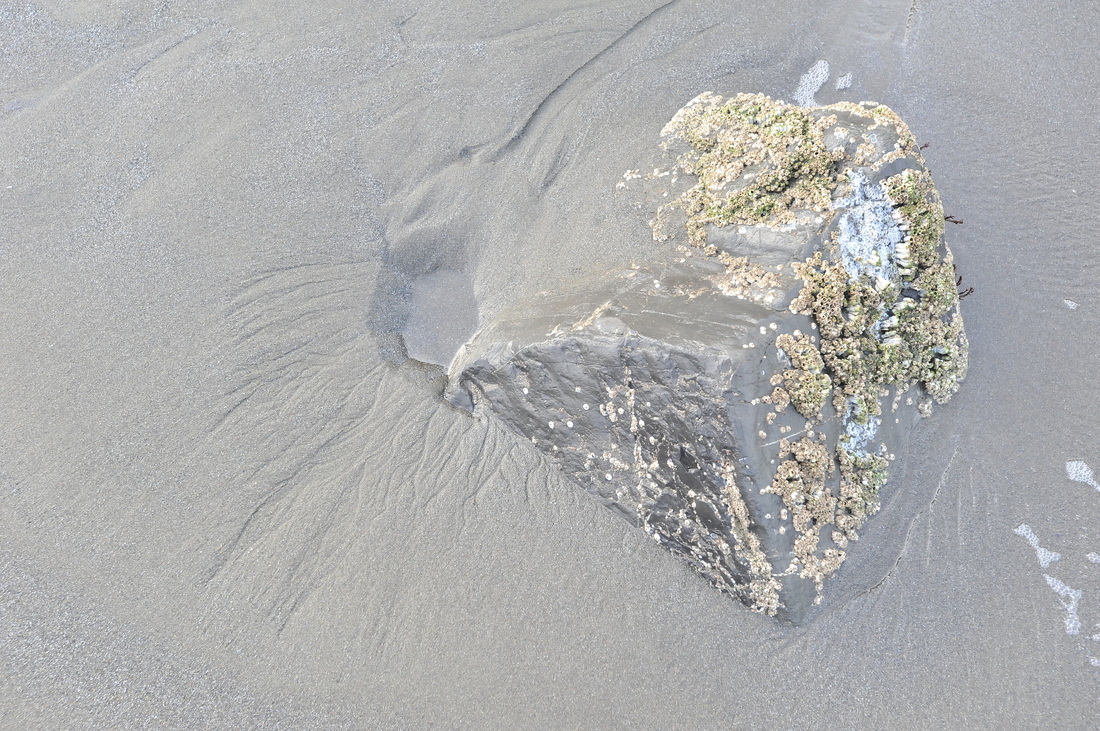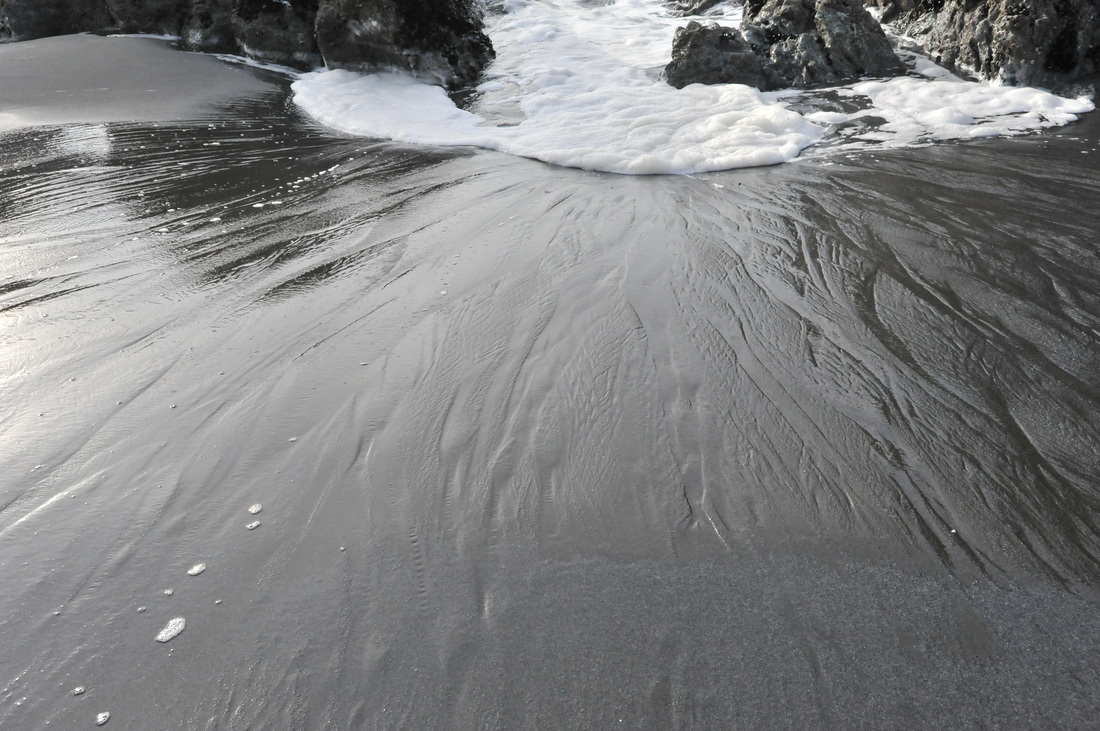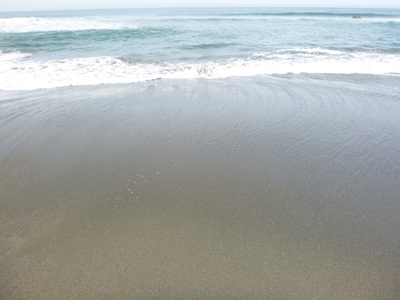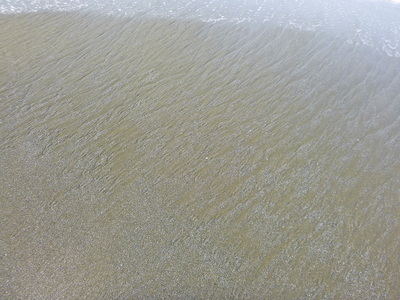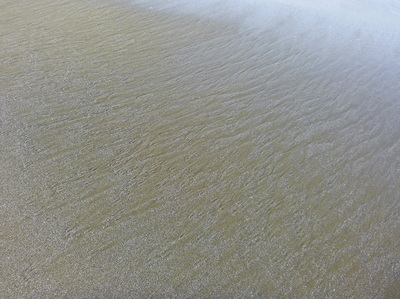Busch Geotechnical Consultants
Primary Sedimentary Structures on Beaches
As of February 20, 2015, the galleries contain photographs from:
- Rainbow Rock Beach, Brookings, Oregon (north of Brookings)
- Crescent City Beach, Crescent City, CA (south of the city)
- Beach at Mouth of Pistol River, Oregon
- Beach at the mouth of Redwood Creek, Orick, CA (west of city)
- Freshwater Lagoon Barrier Bar Beach, Orick, CA (south of Orick)
- Kauai, Hawaii Beaches (to be updated).
- Pebble Beach, Crescent City, CA (north end)
- North Jetty Beach, Brookings, Oregon
- Sisters Rocks - Pigeon Point, Oregon
- Nesika Beach, Oregon
|
I have captioned many of the photographs with the name of the beach feature or primary sedimentary structure. Two great references with a geologic bias are: (1) Pettijohn and Potter, 1964. Atlas and Glossary of Primary Sedimentary Structures, Springer-Verlag, New York, 370 pp. and (2) Lucchi, F. R. 1995. A Photographic Atlas of Sedimentary Structures, Second Edition. Columbia University Press, , New York. 255 pp. Some of my photographs are just of lovely beach settings, features be damned. Not all photos have captions. Some captions are always on, some pop on if you enlarge the image, and some appear if you hover the mouse over the image.
1. Rainbow Rock Beach, Brookings, OR |
|
2. Crescent City Beach, Crescent City, CA
3. Beach at Mouth of Pistol River, Oregon
4. Mouth of Redwood Creek Beach, Orick, CA
5. Freshwater Lagoon Barrier Bar Beach, Orick, CA
|
|
|
6. Kauai Beaches, H.I., U.S.A.
(More Kauai Beaches, location info, and captions to follow.)
|
|
|
7. Pebble Beach, Crescent City, CA, north end
8. North Jetty Beach, Brookings, Oregon
9. Sisters Rocks - Pigeon Point, Oregon
10. Nesika Beach, Oregon
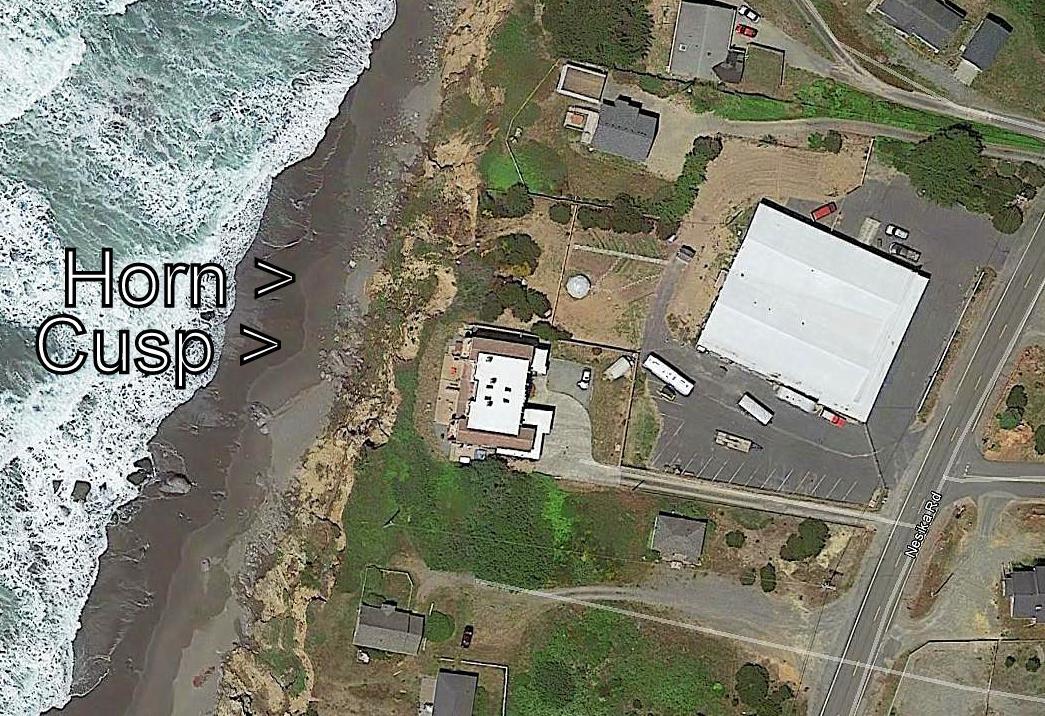
This Google earth photo shows the portion of the terrace edge, bluff top, and beach near the north end of Nesika Beach where Nesika Road turns to meet US 101. A "horn" is a mound-like beach face feature that is convex (protrudes) seaward. A "cusp" is a concave feature. Onrushing swash tends to focus into the cusps by deflecting off the sides of the horns. Since the beach was a steep winter beach when I took the following photos (in early March, 2015), the normally straight sided rhombs formed by the backwash are curved. I was pressed for time and had the wrong camera, but the following photos give the idea. Compare with photos of rhombohedral ripple marks from other beaches.
This is an educational website.
Powered by Mother Earth, Weebly, and REB
